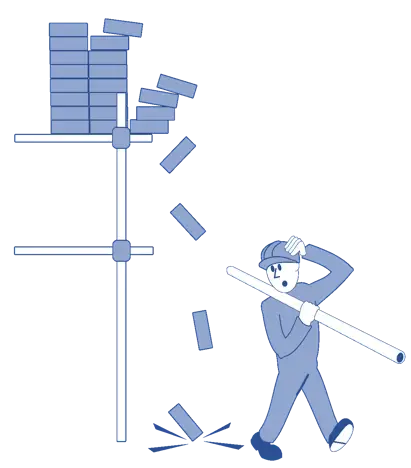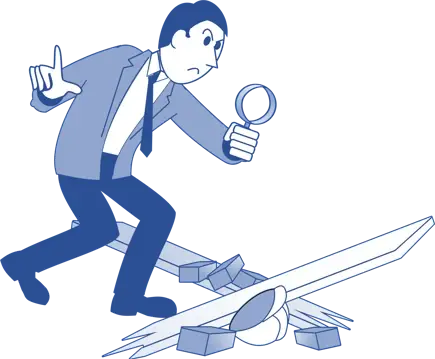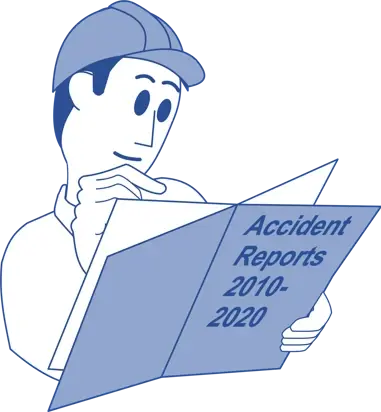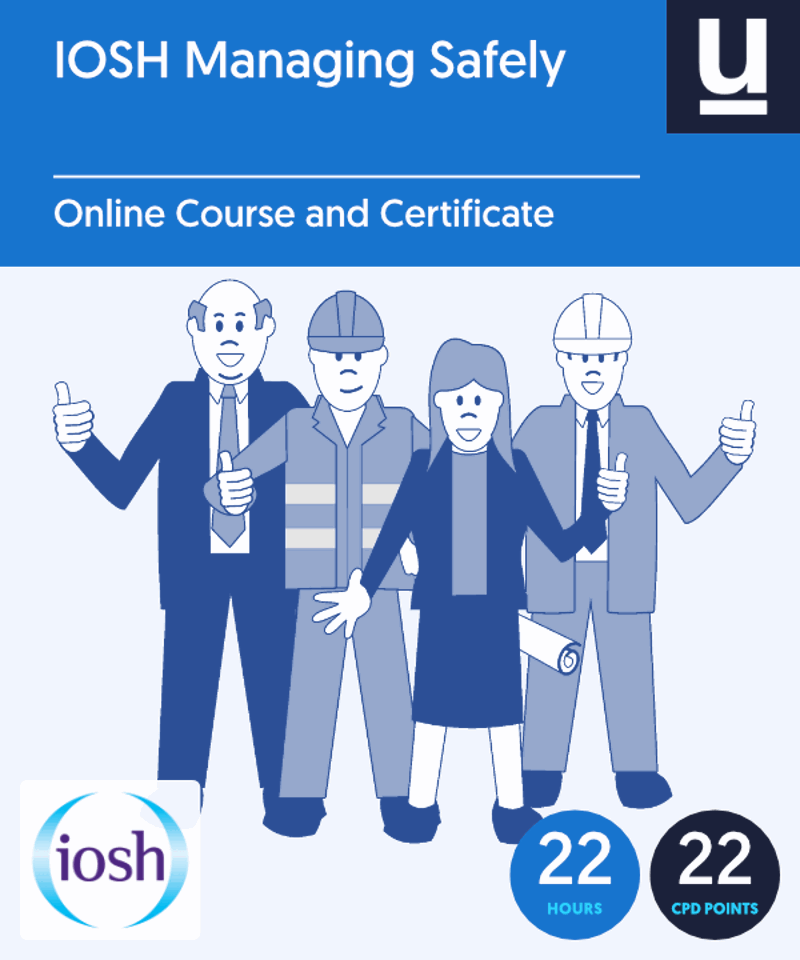Step 3 - Identify suitable risk control measures
Once you have established the causes of the adverse event, the next step is to identify suitable risk control measures.
While analysing the information gathered about the adverse event, there may have been several risk control measures that were identified as having failed, or that would have prevented the event from happening if they had been in place.
These measures should be collated along with any other possible measures or changes that could address the immediate, underlying and root causes of the event. Some measures will be more difficult to implement than others, but this should not prevent them from being listed at this stage.
Evaluate risk control measures
Once a list of possible risk control measures has been created, each measure must be evaluated to assess its effect on the level of risk a hazard poses, how effective it is at preventing the adverse event from recurring, and whether or not it can be implemented successfully.
To learn more about how to conduct a risk assessment, our Online Risk Assessment Training course helps master when, why and how to conduct a risk assessment.
Some workplace risk control measures are more effective and reliable than others so, when assessing these measures, they should be considered in the following order:
- Measures that eliminate the risk, such as replacing a hazardous substance with a safer one.
- Measures that combat or reduce the risk at its source (including engineering controls), such as installing a guard around a saw blade.
- Measures that rely on human behaviour (including administrative controls), such as providing personal protective equipment.
When evaluating risk control measures, always consider whether similar risks exist within the organisation, and if the same measures identified in this investigation could be implemented elsewhere to prevent a similar adverse event from occurring.
Also, it is important to identify whether or not similar adverse events have happened in the past, and consider why this is the case. An adverse event occurring multiple times should justify the use of more costly control measures and prompt immediate action to implement them.
Step 4 - Create and implement a risk control action plan
After identifying potential risk control measures, and determining which of them should be implemented, an action plan can be created that details which specific control measures will be implemented, and how this will be done.
The first thing to do when creating a risk control/risk management plan is determine which measures that are of the highest priority and need to be implemented immediately. To help determine which measures are high priority, think about the following questions:
- What is essential to securing the health and safety of the workforce today?
- What cannot be left until another day?
- How high is the risk to employees if this risk control measure is not implemented immediately?
Those risk control measures that do not control high priority risks must be put in the action plan in order of priority, and have a timescale and person responsible for their implementation assigned to them.
The objectives of an action plan must deal effectively with the immediate, underlying and root causes of the adverse event, and be SMART:
- Specific
- Measurable
- Agreed
- Realistic
- Time-bound






